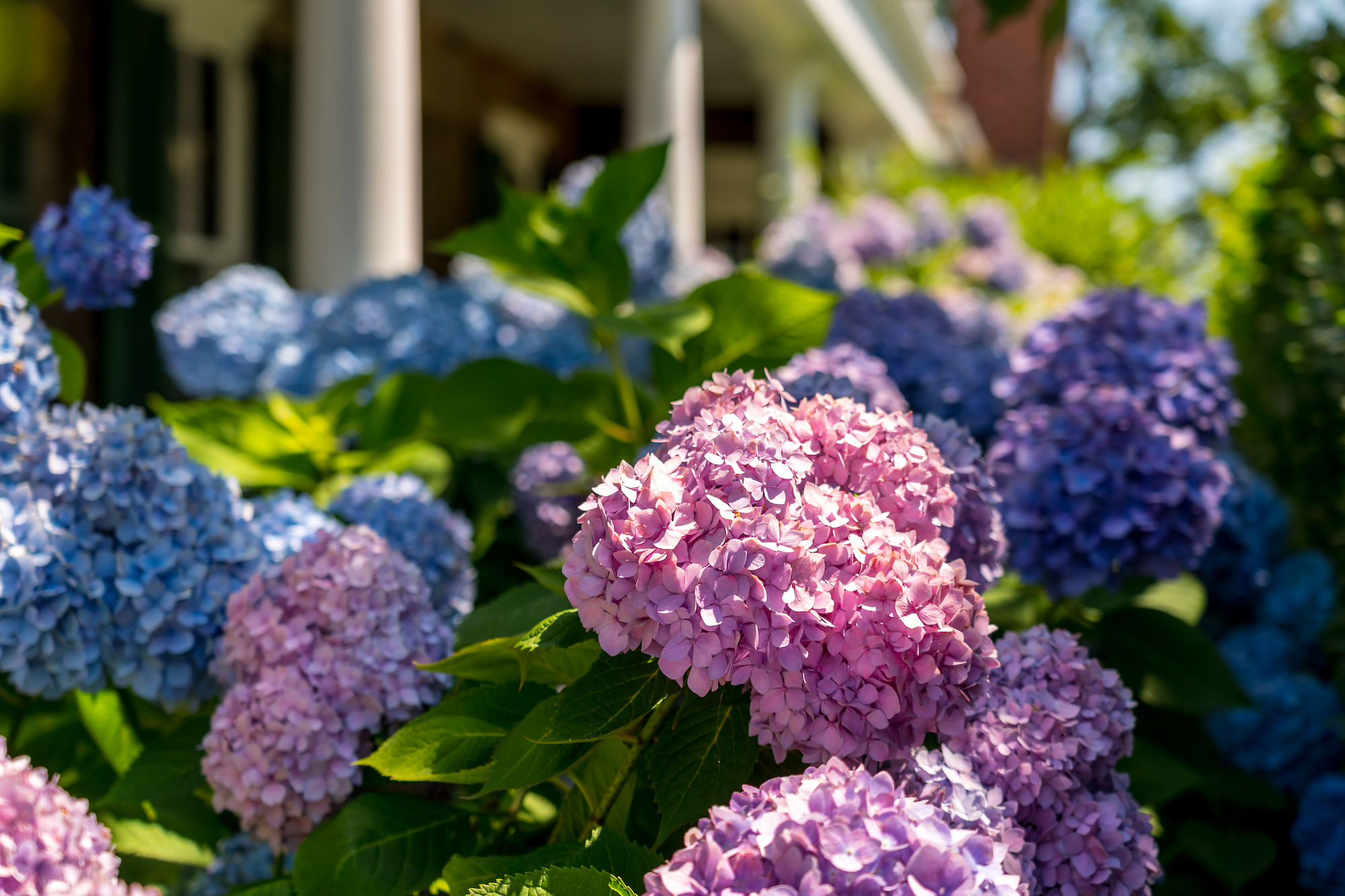Ask the Expert: An Interview with the Founder of the Hydrangea Festival of Cape Cod

Photography by Joy Yagid.
If you’re visiting Cape Cod in July, you can expect beaches that stretch for miles, endless ice cream, mini golf in every town, and hydrangeas—lots and lots of hydrangeas. Hydrangeas are so iconic to the area that there is an annual festival to celebrate the blooms: the .
The Cape’s favorite flower, the hydrangea.
I found out about this event at a GardenComm meeting, and then visited many of those gardens when GardenComm held their annual meeting in Buffalo one year. I saw how this event made gardening “contagious” in Buffalo, NY; it was good for horticulture and for local businesses.
Q: Why did you start the hydrangea festival?
A laceleaf cultivar with companion plantings. The nonprofits collect the $5 entry fee and staff the garden.
A view of the hydrangea garden at Heritage Museum and Gardens in Sandwich MA.
A: [Cape Codders] love hydrangeas because they are big, and many of them are blue.
Q: Why does the Cape love hydrangeas and why do hydrangeas love the Cape?
To grow the macrophylla and serrata species well (commonly called mop heads and lacecaps), you need good drainage, cooler summers, and warmer winters.
Even the varieties that produce flowers on new growth only make a few flowers later in the season…the majority of blooms on all of these plants are from buds that were formed the August before.
Tiny Tuff stuff cultivar.